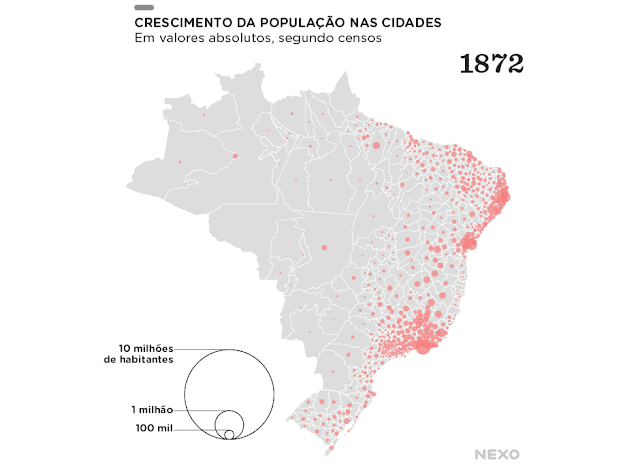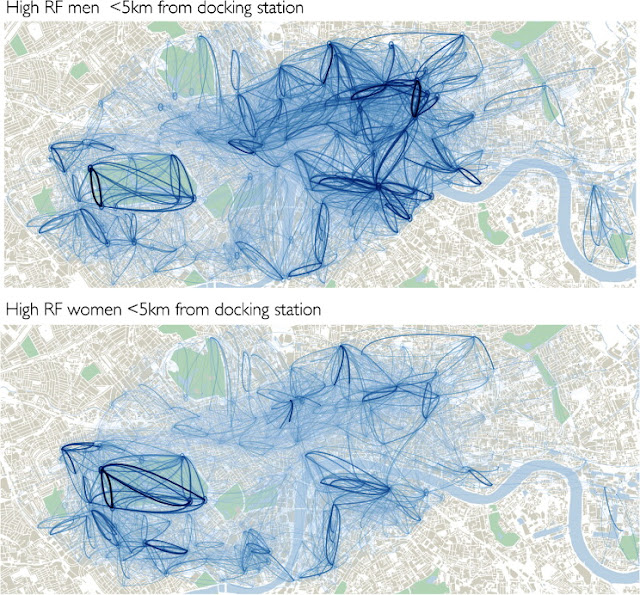"... we find that average highway delay increases 47 percent when transit service ceases."
This is from a 2014 paper by
Michael Anderson (Berkeley), analyzing the impacts of public transport on traffic congestion in Los Angeles. An ungated working-paper version is available
here. Via
Renato Vieira.
Anderson, Michael L.. 2014. "
Subways, Strikes, and Slowdowns: The Impacts of Public Transit on Traffic Congestion."
American Economic Review, 104(9): 2763-96.
Abstract
Public transit accounts for 1 percent of U.S. passenger miles traveled but attracts strong public support. Using a simple choice model, we predict that transit riders are likely to be individuals who commute along routes with severe roadway delays. These individuals' choices thus have high marginal impacts on congestion. We test this prediction with data from a strike in 2003 by Los Angeles transit workers. Estimating a regression discontinuity design, we find that average highway delay increases 47 percent when transit service ceases. We find that the net benefits of transit systems appear to be much larger than previously believed.
Despite this really interesting finding, I just would like to note that the main purpose of public transport is not to reduce congestion, as many politicians and the general media like to think. The purpose of public transport is to help people to access activities and opportunities. Although this might sound a subtle difference for some people, this difference has serious implications for how one should plan and evaluate transport policies.






























